|
To learn more about Palatki
Heritage Site
go to
Coconino National Forest - Palatki Heritage Site
(usda.gov)
Palatki is reached by taking
Dry Creek Road north of Sedona and turning left
on Boynton Canyon Pass Road. Just past the
Doe/Bear Mountain parking lot, the road becomes
a dirt road which is fairly well graded. Follow the signs and take a right at a "T"
interchange onto Forest Road 795.
Alternatively, one can take
HWY 89A south of the Sedona "Y" and turn right
onto Forest Road 525 then to Forest Road 795
(eight miles after turning off HWY 89A).
These are dirt roads but are fairly well
maintained and passable by car.
However, if there has been
snow or rain, contact the Heritage Site to make
sure the roads are passable and the site is
open.
|
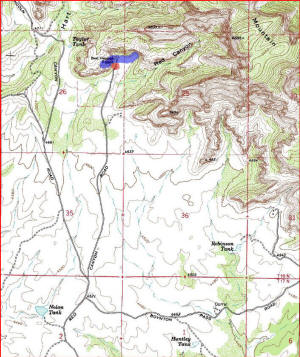
|
|
RESTRICTED ACCESS: Entrance is restricted
between the hours of 9:30 am and 3:00 pm.
Public access is restricted. Call
928-282-3854 for reservations for a guided tour.
Or make the online at
Palatki Heritage Site Tours, Coconino National
Forest Recreation - Recreation.gov
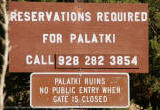
|
|
|
Closed gate with restricted access sign
displayed on the left.
Click on
picture to enlarge.
|
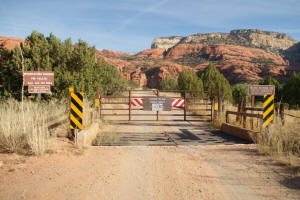
|
|
Red Cliffs approaching
Palatki.
|
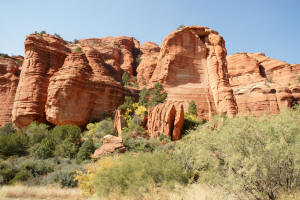
|
|
|
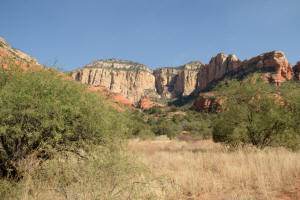
|
|
Trail to Palataki Heritage
|
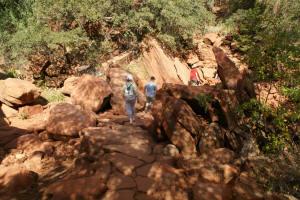
|
|
Palatki Heritage Place. These Indian ruins were the homes of the Sinagua
People who were thought to be connected with the
Hopi Indian tribe. Palatki is Hopi for
"Red House". |
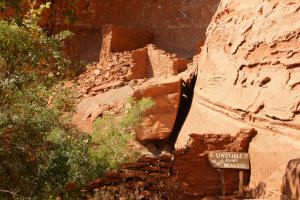
|
|
|
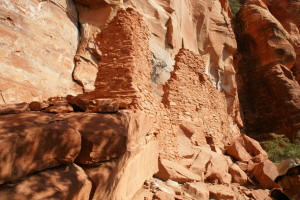
|
|
|
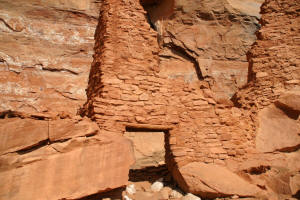
|
|
Inside the dwelling, one can
see holes in the wall which supported wooden
beams for a second floor. Windows were
modified and closed with rocks by the Sinagua. The current floor is several feet above the
original floor, making the height of the room
appear shorter than it was when the Sinagua
dwelling was inhabited.
|
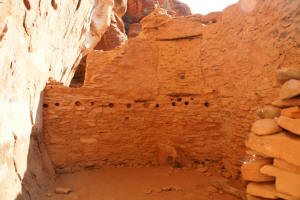
|
|
The trail back to the
visitor's center.
|
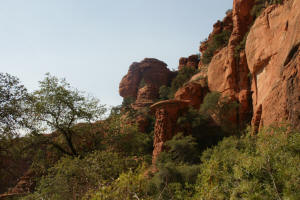
|
|
|
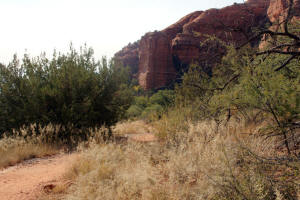
|
|
Distant view of the dwellings
|
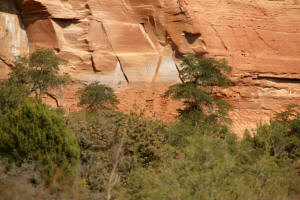
|
|
The
trail from the dwellings takes one back to the
visitor's center and then a short hike up to a
rock art alcove which served as a ceremonial
place for the inhabitants. The picture shows the
entrance to the right.
|
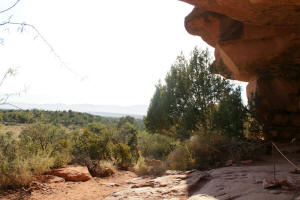
|
|
Many of the pictographs are
from the Sinagua. But some abstract
symbols and drawings are from the Archaic
cultures, dating 3000-6000 years ago.
|
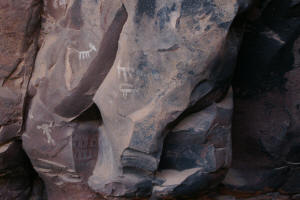
|
|
|
|
|
Fires that were built in the
alcove have glazed some of the pictographs into
the wall forming a fire hardened durable
impression.
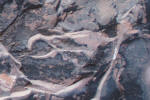
An Eagle can be seen in the wall. This is
a natural and not a man made formation.
|

|
|
The picture on the right is a
view of the cliffs on the East side of Palatki.
|
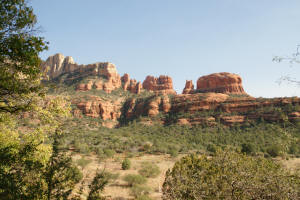
|
|
One of the pictographs shows
a ridge of mountains with the sun above the
ridge. It is felt that this ridge
corresponds to the eastern cliffs shown above.
The position of the sun, just to the South of
the flat butte, corresponds to the winter
solstice.
|
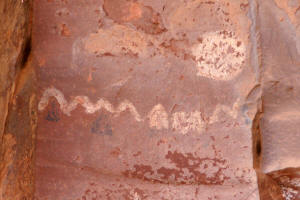
|
|
|
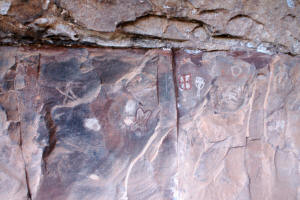
|
|
|
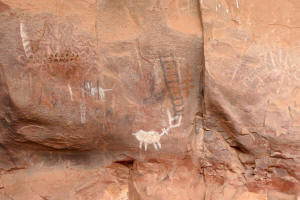
|
|
|

|
|
|
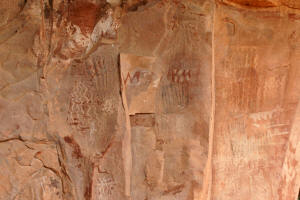
|
|
|
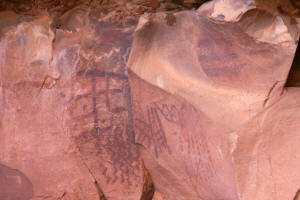
|
|
|
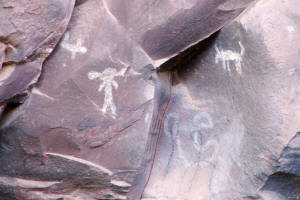
|
|
|
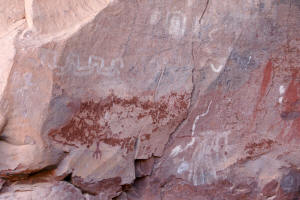
|
|
Trail heading back from the
rock art alcove to the visitor's center.
|
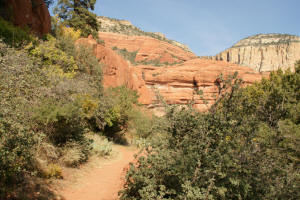
|
|
Back
to Home Page
|